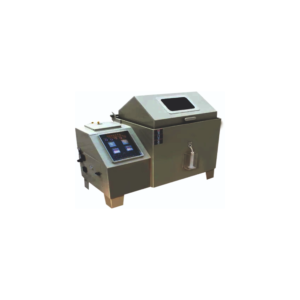How to Read a Laboratory Thermometer Accurately
Getting Accurate Readings from a Lab Thermometer
A laboratory thermometer is crucial for measuring temperature accurately during experiments, so knowing how to read one correctly is important. Be it heating a solution with a hot plate for lab purposes or monitoring cooling in a lab water bath, this is a skill that can really impact your results in the lab.

First of all, make sure that the laboratory thermometer is clean and not damaged. Put it upright in the material, not allowing it to touch the sides or bottom of the container. This protects from distortion by heat transfer. Wait a few moments for the mercury (or alcohol) column to stabilize before taking a reading.
Always keep your eye level with the liquid column of the thermometer. Because of the possibility of parallax error when reading from above or below, inaccurate results will be displayed. Record the temperature where the top of the liquid column meets the scale. Check the scale increments—some thermometers read in 0.5°C or 1°C intervals.
Lack of heat is one of the biggest reasons why lab equipment fails to maintain accuracy. - R&D in some domains such as laboratory centrifuge machine may see temperature-sensitive samples pre-checked prior to entering it via a laboratory thermometer. Likewise, many devices for example a hydrometer used to measure specific gravity generally require a temperature value to be able to calibrate appropriate density measurements.
If you’re all about the electrical circuits in the physics labs, be sure your plug key diagram setup doesn’t get in the way of where you place your thermometer.
The correct presentation of organizing tools like a cork borer can hinder the damage of a thermometer when not in use. Everything in a lab, small or large, contributes towards accurate results.
Reading temperature correctly is no mere technical ability — it’s a basis for good science. Handle your laboratory thermometer carefully and maintain good measurement practices to achieve the most reliable results.
Conclusion:
Reading a laboratory thermometer accurately is very important to perform the experiments consistently and safely. Knowing its scale and applying it correctly gives you accurate temperature readings. Select Mvtex — your companion in scientific superiority for all useful and excellent lab equipment cork borer, laboratory centrifuge machine, laboratory thermometer, hydrometer for specific gravity, lab water bathroom, hot plate for laboratory, and plug key diagram.
